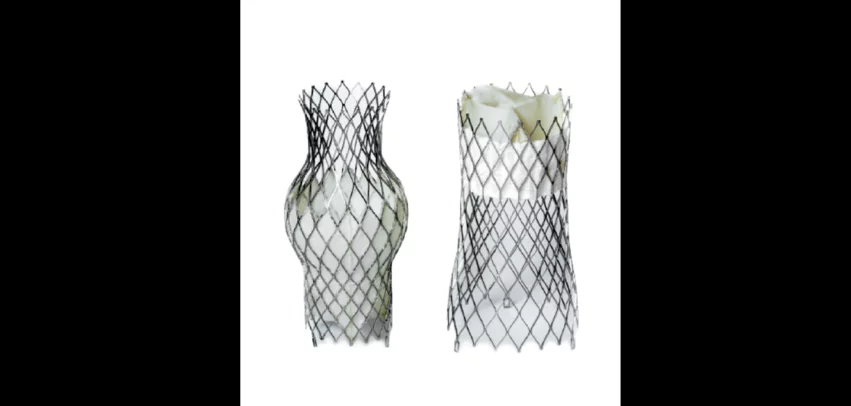Cardiologists perform world’s first valve-in-valve caval valve procedure in heart transplant patient
A team of cardiologists in Germany has completed what may be the first structural heart procedure of its kind, sharing its experience in JACC: Cardiovascular Interventions, an American College of Cardiology journal.[1]
The case involved a 63-year-old male patient who underwent a heart transplant in 2009. He was hospitalized for recurrent right-sided heart failure, and the care team found that he had echocardiography-confirmed severe tricuspid regurgitation caused by a septal leaflet flail.
“Transcatheter edge-to-edge therapy and orthotopic transcatheter valve replacement were anatomically and technically not feasible,” wrote first author Jennifer von Stein, MD, a cardiac imaging specialist with University Hospital Cologne, and colleagues. “Therefore, we decided to perform a heterotopic caval valve implantation as a last resort in this severely symptomatic and high-risk patient who was left with no other treatment options.”
Heterotopic caval valve implantations involve placing a valve in the inferior vena cava (IVC) alone, or at the same time as placing an additional valve in the superior vena cava (SVC). For this procedure, the group implanted the TricValve Transcatheter Bicaval Valves System from P+F Products + Features GmbH, which includes two self-expanding valves. Von Stein et al. emphasized that they encountered a “borderline IVC diameter” and “unfavorable angle between the IVC and the right atrium,” potentially related to anastomosis of the atria after the patient’s heart transplant.
After the initial implant of both TricValve devices, the authors identified signs of “significant paravalvular leakage” in the valve deployed in the IVC and right atrium. They attempted to reposition “multiple times” before finally deciding to implant another TricValve into the first one “to extend the length of the covered stent.”
This resolved the paravalvular leak, the team confirmed. The caval valve implantation was a success.
“To the best of our knowledge, this is a first-in-man valve-in-valve caval valve implantation, which demonstrates its feasibility and efficacy in a heart transplant patient,” the authors wrote.
Click here to read the team’s full breakdown in JACC: Cardiovascular Interventions.


